Articles > Geography
Have you tested yourself with the New Zealand City Coverage quiz, or brainstormed cities on the New Zealand All Places quiz? Here are the 25 largest New Zealand cities to get you started.
Auckland – Population: 1,463,000
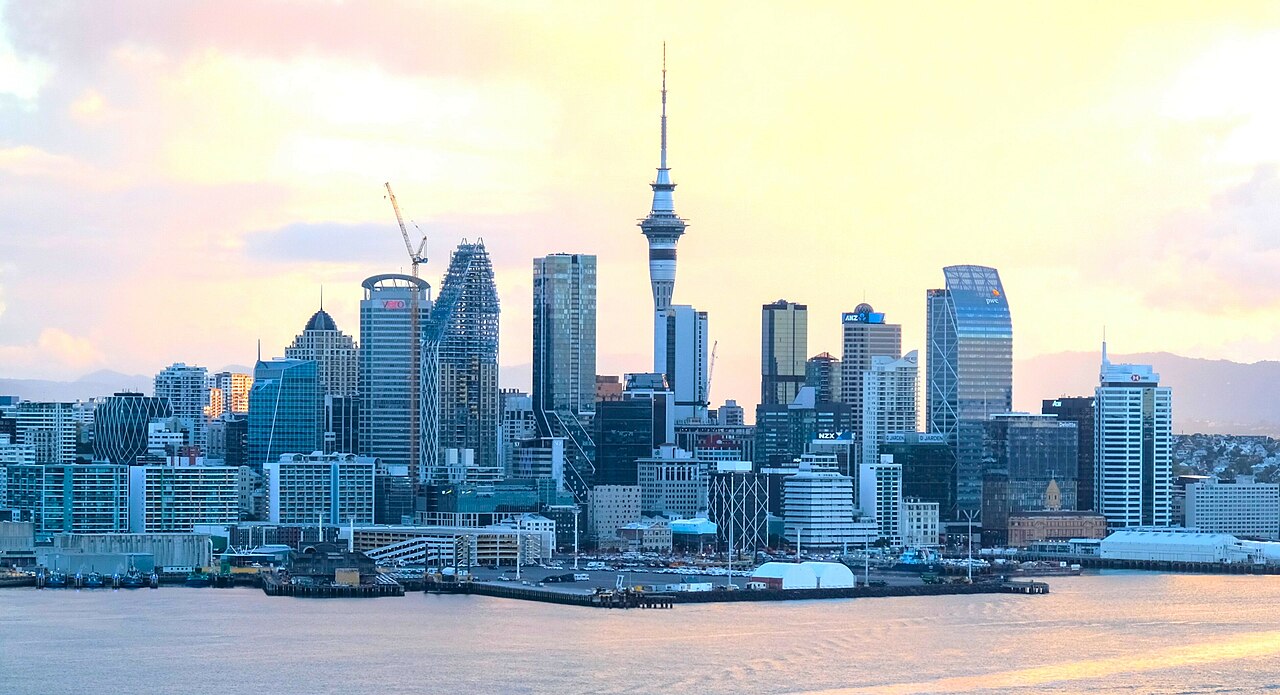
Auckland is New Zealand’s largest city and a significant economic hub. Known as the “City of Sails,” Auckland is surrounded by two harbors, offering ample opportunities for water activities. The city combines urban sophistication with natural beauty, boasting stunning beaches, volcanic landscapes, and vibrant neighborhoods. Landmarks such as the Sky Tower and Auckland War Memorial Museum are must-visit destinations. Auckland’s multicultural population creates a diverse cultural landscape, reflected in its cuisine, festivals, and arts.
Interesting Fact:
Auckland has more boats per capita than any other city in the world.
Christchurch – Population: 380,600

Christchurch, known as the “Garden City,” is the largest city on the South Island. It is celebrated for its lush parks and gardens, including Hagley Park and the Botanic Gardens. Following the earthquakes of 2010 and 2011, Christchurch has undergone extensive rebuilding, resulting in modern architecture and revitalized public spaces. The city is a gateway to outdoor adventures, with the Southern Alps and coastlines nearby. Christchurch also hosts a thriving arts and innovation scene, making it a dynamic and resilient city.
Interesting Fact:
Christchurch is home to the International Antarctic Centre, where visitors can experience simulated Antarctic conditions.
Wellington – Population: 215,900
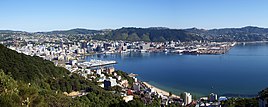
Wellington, New Zealand’s capital, is nestled between scenic hills and a picturesque harbor. Renowned for its cultural vibrancy, the city hosts Te Papa, the national museum, which showcases New Zealand’s history and Maori heritage. Wellington is also known for its thriving food and coffee culture. The compact layout makes it a walker-friendly city, with highlights like the Wellington Cable Car offering panoramic views. Its wind-swept climate and stunning harbor make it uniquely atmospheric.
Interesting Fact:
Wellington is often called the “windy city” due to its frequent gusty weather caused by its location near the Cook Strait.
Hamilton – Population: 178,500

Hamilton, in the Waikato region, is a vibrant city known for its strong agricultural economy and proximity to natural attractions. The Waikato River flows through the city, providing scenic views and recreation opportunities. Hamilton Gardens is an internationally recognized attraction featuring themed gardens from around the world. The city also serves as an educational hub, with the University of Waikato drawing students from across the country. Its location makes it a gateway to nearby landmarks like Hobbiton and the Waitomo Caves.
Interesting Fact:
Hamilton Gardens attracts over a million visitors annually and has won international awards for its design.
Tauranga – Population: 155,200
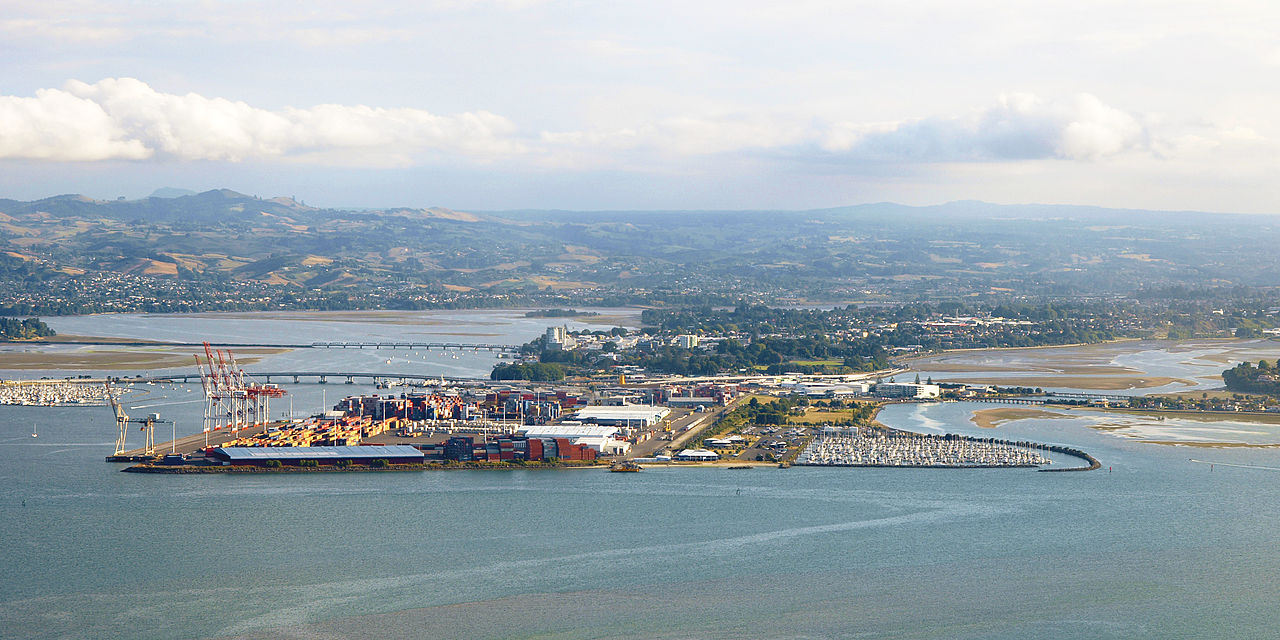
Tauranga, located in the Bay of Plenty, is a city renowned for its sunny weather, beautiful beaches, and thriving port. The nearby Mount Maunganui is a popular spot for hiking and offers spectacular views of the coastline. Tauranga’s economy is bolstered by its significant horticultural industry, particularly kiwifruit production. The city offers a relaxed coastal lifestyle, with plenty of opportunities for boating, fishing, and surfing. Tauranga also hosts numerous cultural events and has a burgeoning art scene.
Interesting Fact:
Mount Maunganui’s beach is consistently ranked as one of New Zealand’s best beaches.
Lower Hutt – Population: 111,800
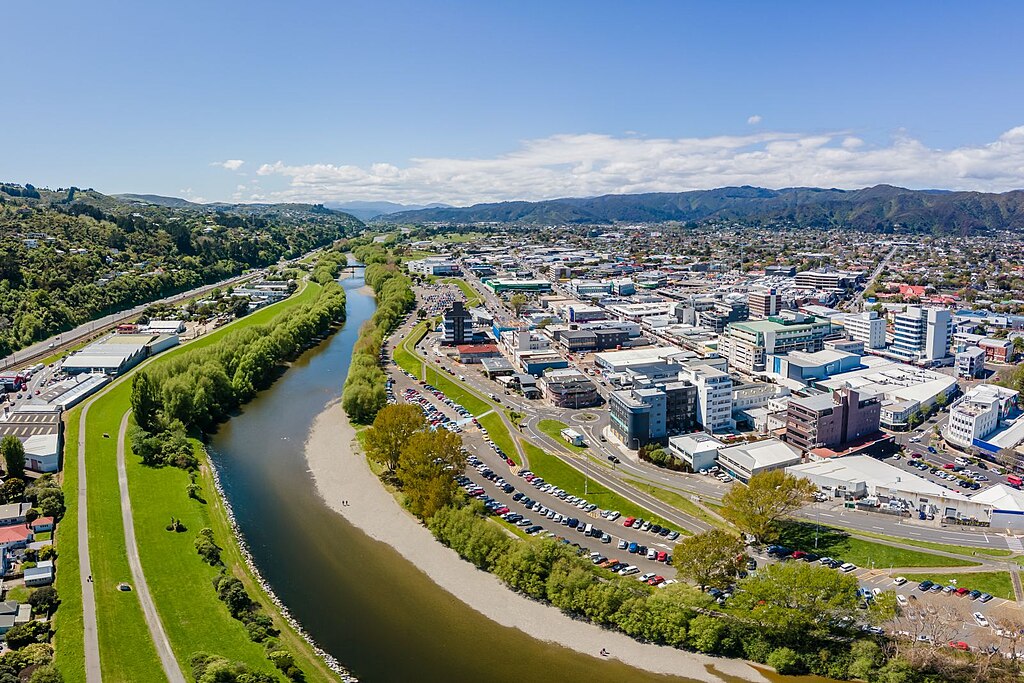
Lower Hutt, part of the Wellington metropolitan area, is situated along the northern shore of Wellington Harbour. Known for its natural beauty, the city is surrounded by hills and rivers that provide excellent opportunities for outdoor activities such as hiking and kayaking. Lower Hutt also has a rich Maori heritage and is a hub for film production, with several iconic movie scenes filmed nearby. Its proximity to Wellington makes it an attractive option for those seeking a quieter lifestyle.
Interesting Fact:
Lower Hutt is home to one of New Zealand’s oldest movie theaters, the Lighthouse Cinema.
Dunedin – Population: 105,000

Dunedin, located on the South Island, is a city rich in history and natural beauty. Known for its Scottish heritage, the city features beautiful architecture, including the famous Dunedin Railway Station. Dunedin is also home to the University of Otago, New Zealand’s oldest university, giving the city a youthful and vibrant energy. The nearby Otago Peninsula is a haven for wildlife, including rare penguins and albatrosses, making it a must-visit for nature enthusiasts.
Interesting Fact:
Dunedin has the world’s steepest residential street, Baldwin Street, according to the Guinness World Records.
Palmerston North – Population: 81,500

Palmerston North, located in the Manawatu-Whanganui region, is a significant educational and research center in New Zealand. It is home to Massey University and several other institutions, making it a hub for students and academics. The city combines urban amenities with a relaxed lifestyle, offering plenty of parks and green spaces. The New Zealand Rugby Museum, located here, celebrates the country’s rich rugby heritage, making it a must-visit for sports enthusiasts.
Interesting Fact:
Palmerston North is nicknamed “Palmy” by locals and visitors alike.
Napier – Population: 66,700
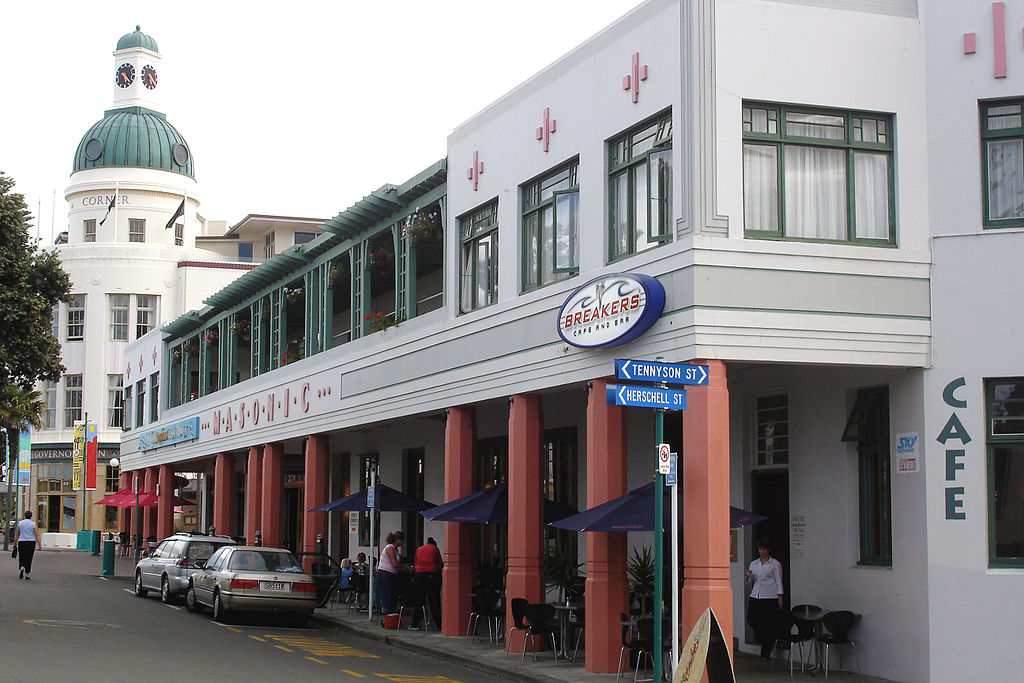
Napier, situated in the Hawke’s Bay region, is renowned for its stunning Art Deco architecture, rebuilt after a devastating earthquake in 1931. The city’s vibrant streets are filled with beautifully preserved 1930s buildings, making it a unique architectural treasure in New Zealand. Napier is also known for its wineries and vineyards, producing some of the country’s finest wines. The nearby Cape Kidnappers provides a chance to see gannet colonies up close and enjoy breathtaking coastal views.
Interesting Fact:
Napier is considered the Art Deco capital of the world and hosts an annual festival celebrating the era.
Porirua – Population: 60,500
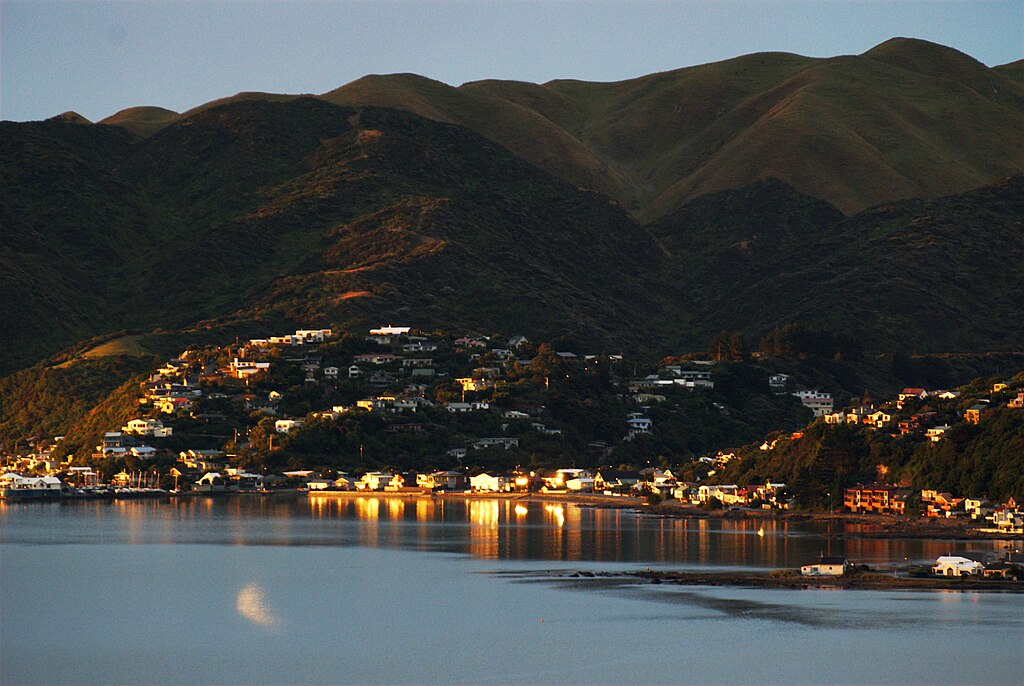
Porirua, part of the Wellington metropolitan area, is a city that celebrates its natural beauty and Maori heritage. The city surrounds two large harbors, providing ample opportunities for water sports and fishing. Porirua is home to several parks and reserves, including the picturesque Pataka Art + Museum, which showcases Maori and Pacific Island art and culture. The city’s welcoming atmosphere and strong community spirit make it a great place to live and visit.
Interesting Fact:
Porirua is famous for hosting one of New Zealand’s most popular cycling events, the Big Bang Adventure Race.
Hibiscus Coast – Population: 60,400
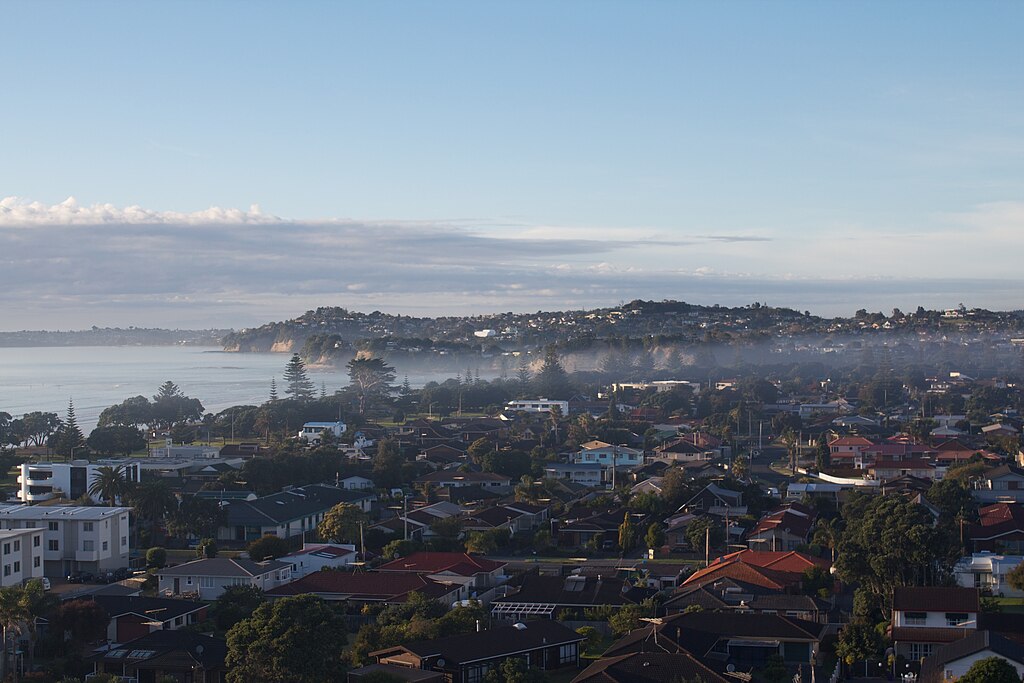
The Hibiscus Coast is a charming coastal area just north of Auckland, offering a relaxed seaside lifestyle. Known for its pristine beaches, the region is popular with both locals and tourists seeking a peaceful retreat. Orewa Beach, with its golden sands, is a highlight of the area, ideal for swimming, kayaking, and windsurfing. The Hibiscus Coast also features regional parks with excellent walking and cycling tracks, making it a haven for outdoor enthusiasts.
Interesting Fact:
The Hibiscus Coast boasts one of the sunniest climates in the Auckland region.
New Plymouth – Population: 58,400
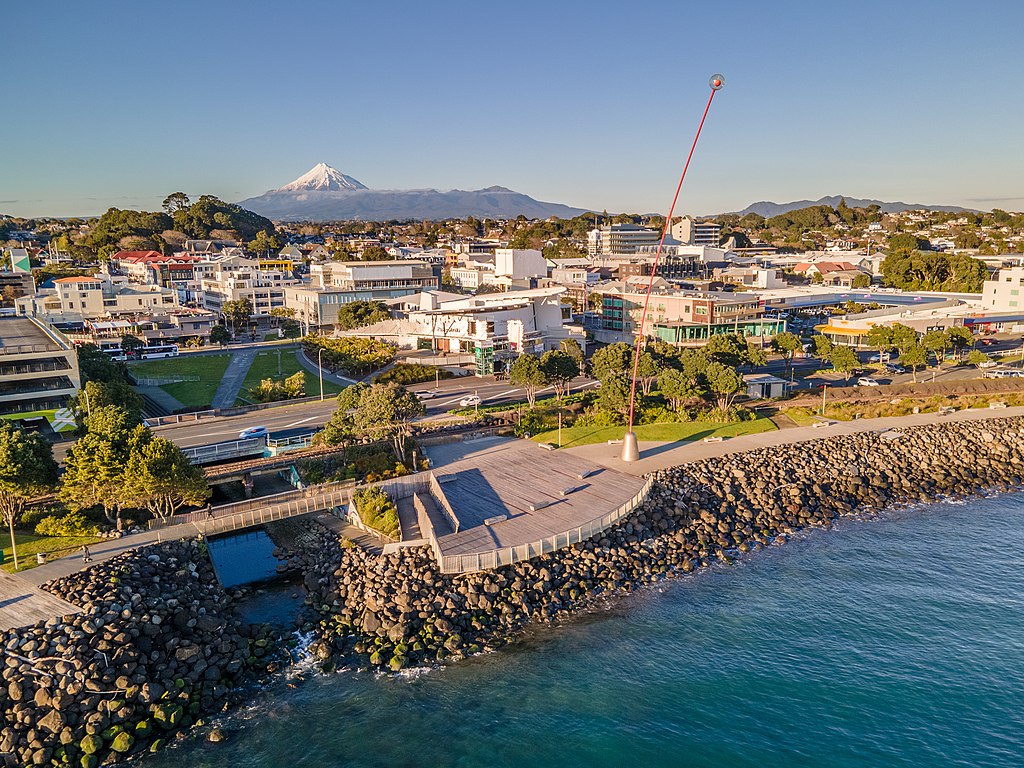
New Plymouth, located in the Taranaki region, is known for its stunning natural landscapes. The city sits at the base of Mount Taranaki, a dormant volcano that offers excellent hiking and skiing opportunities. New Plymouth’s coastal walkway, stretching for kilometers along the Tasman Sea, is a popular attraction for walking and cycling. The city also hosts the annual Taranaki Garden Festival, celebrating its lush gardens and rich biodiversity.
Interesting Fact:
New Plymouth is home to the Govett-Brewster Art Gallery, a world-famous contemporary art museum.
Rotorua – Population: 58,400
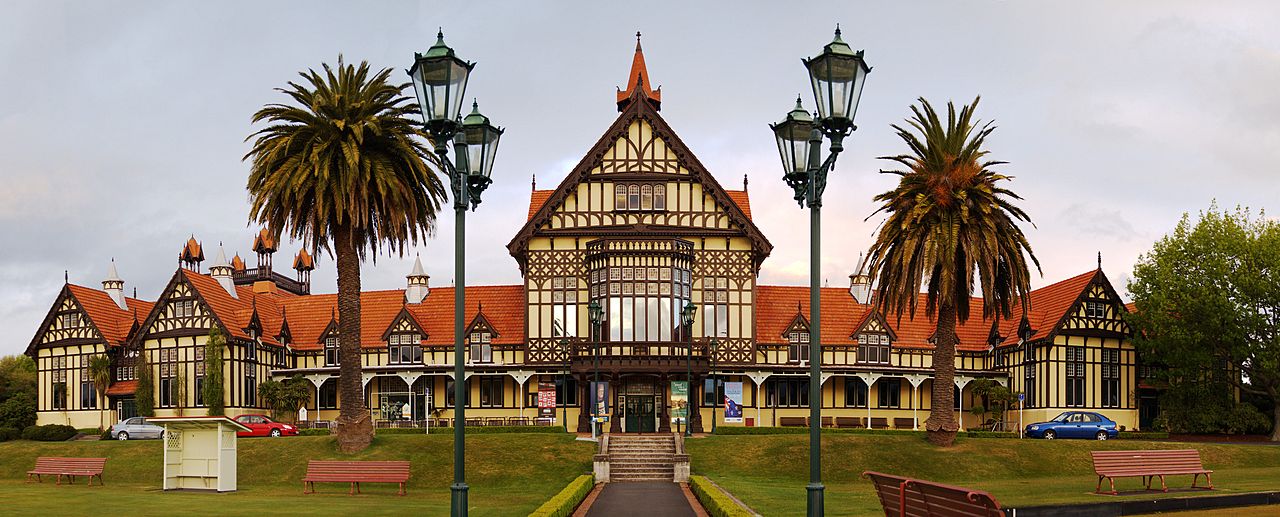
Rotorua, in the Bay of Plenty region, is famed for its geothermal activity and Maori culture. Visitors can explore bubbling mud pools, hot springs, and geysers in the area, particularly at the Whakarewarewa Thermal Village and Te Puia. Rotorua is also a hub for adventure tourism, offering activities such as mountain biking, zip-lining, and white-water rafting. The city’s cultural performances and hangi feasts provide an authentic Maori experience.
Interesting Fact:
Rotorua is nicknamed “Sulphur City” due to its distinct geothermal aroma.
Whangarei – Population: 54,300

Whangarei, the northernmost city in New Zealand, is known for its natural beauty and relaxed pace of life. The city is a gateway to the Bay of Islands, offering stunning beaches and marine reserves. Visitors can explore the Whangarei Falls, a breathtaking 26-meter waterfall, or enjoy the local arts scene at the Hundertwasser Art Centre. Whangarei’s warm climate and scenic surroundings make it a popular destination for outdoor activities.
Interesting Fact:
Whangarei is home to New Zealand’s first-ever designated marine reserve, the Poor Knights Islands.
Nelson – Population: 51,100
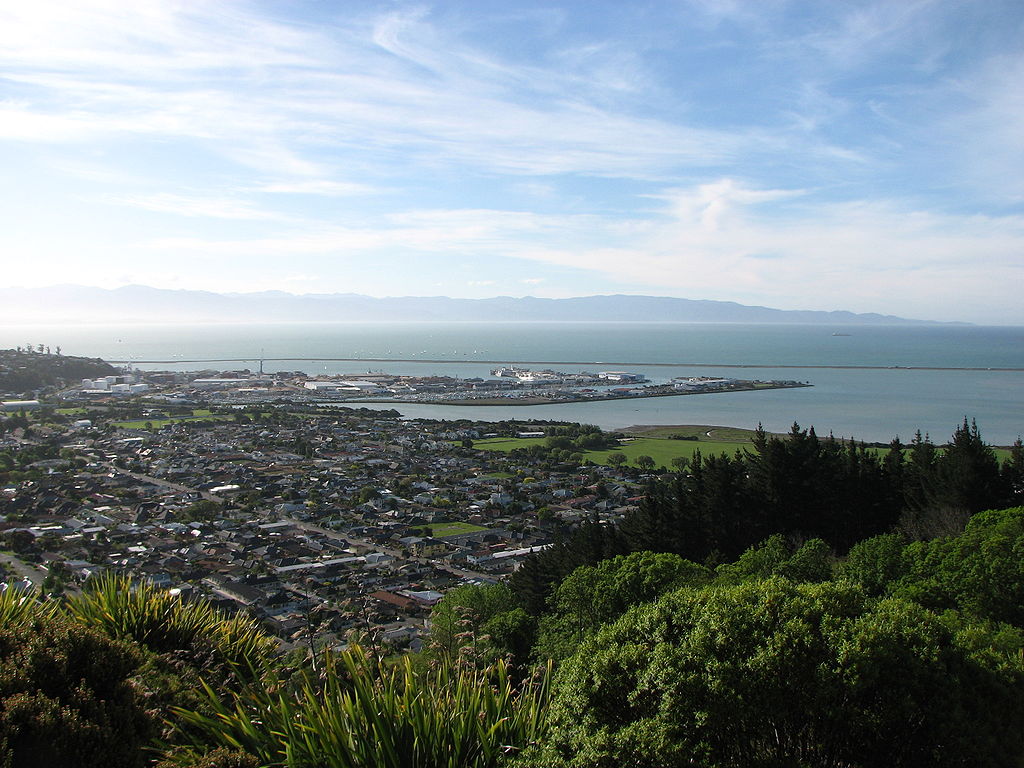
Nelson, located at the top of the South Island, is famous for its sunshine, arts scene, and proximity to stunning natural parks. The city is a hub for creative industries, with numerous galleries and studios showcasing local talent. Nelson’s beaches and vineyards attract visitors seeking a relaxing retreat. Nearby Abel Tasman National Park offers golden sand beaches and crystal-clear waters, making it a paradise for kayakers and hikers.
Interesting Fact:
Nelson is the geographic center of New Zealand, with a monument marking the exact spot.
Hastings – Population: 50,100
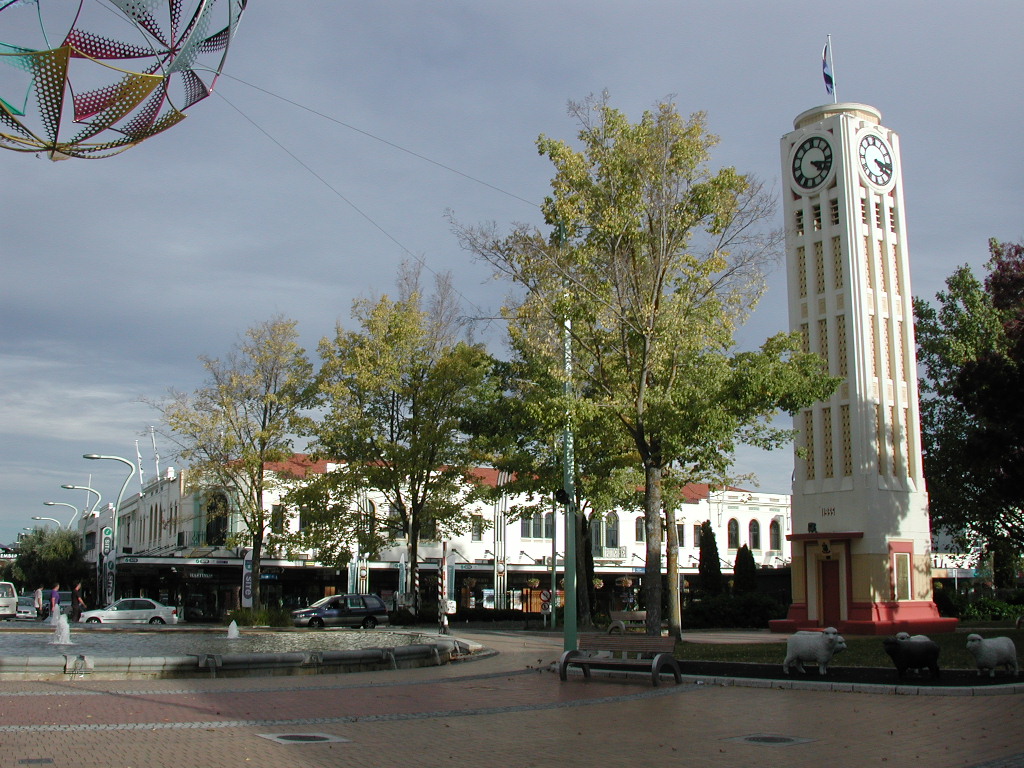
Hastings, situated in the Hawke’s Bay region, is a center for agriculture and viticulture, known for producing some of New Zealand’s finest wines. The surrounding area is dotted with orchards and vineyards, offering visitors a chance to indulge in wine tastings and fresh produce. Hastings’ Art Deco architecture complements its neighboring city, Napier, creating a cohesive regional charm. The Hawke’s Bay Farmers’ Market is a highlight for food enthusiasts, showcasing the best of local goods.
Interesting Fact:
Hastings is known as the “Fruit Bowl of New Zealand” due to its thriving horticulture industry.
Invercargill – Population: 49,900
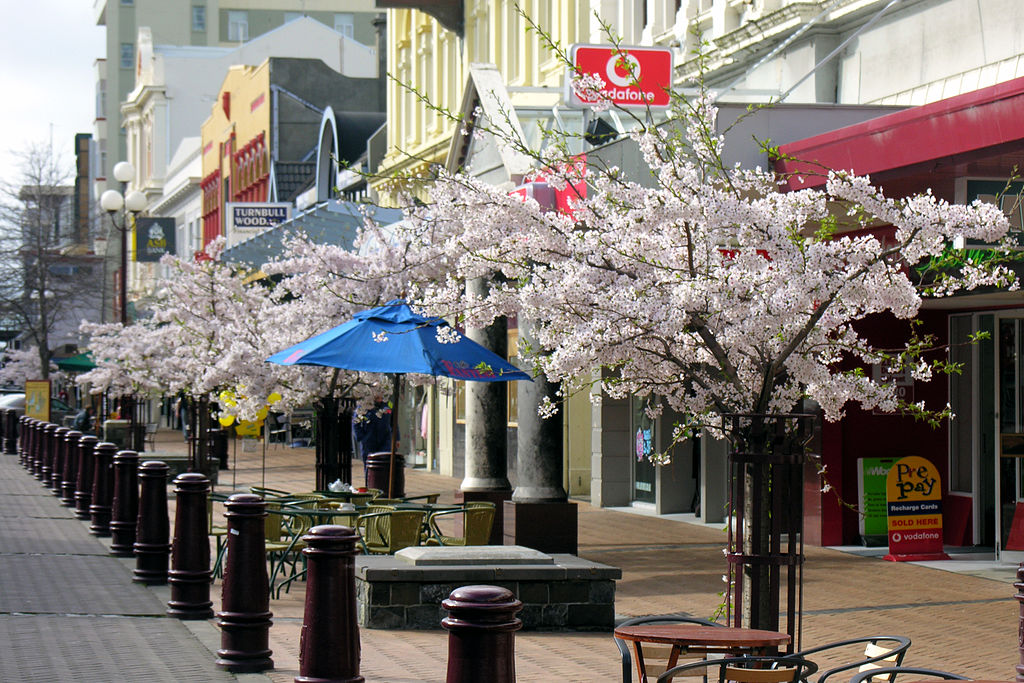
Invercargill, the southernmost city in New Zealand, offers a gateway to the pristine beauty of the Southland region. Known for its wide streets and Victorian and Edwardian architecture, the city has a unique charm. Invercargill is a starting point for trips to Stewart Island, New Zealand’s third-largest island, and the nearby Catlins Coast. The city’s heritage is celebrated in places like Bill Richardson Transport World, a fascinating collection of vintage vehicles.
Interesting Fact:
Invercargill has the longest daylight hours during summer in New Zealand.
Upper Hutt – Population: 44,600

Upper Hutt, part of the Wellington metropolitan area, is surrounded by lush native bush and offers a tranquil escape from city life. The city is a hub for outdoor activities, with extensive walking and biking trails in nearby parks such as Kaitoke Regional Park. Upper Hutt also celebrates its history and community through local festivals and events. Its family-friendly atmosphere makes it a popular place for residents seeking a balance between urban and rural living.
Interesting Fact:
Kaitoke Regional Park near Upper Hutt was used as a filming location for Rivendell in *The Lord of the Rings* trilogy.
Whanganui – Population: 42,300
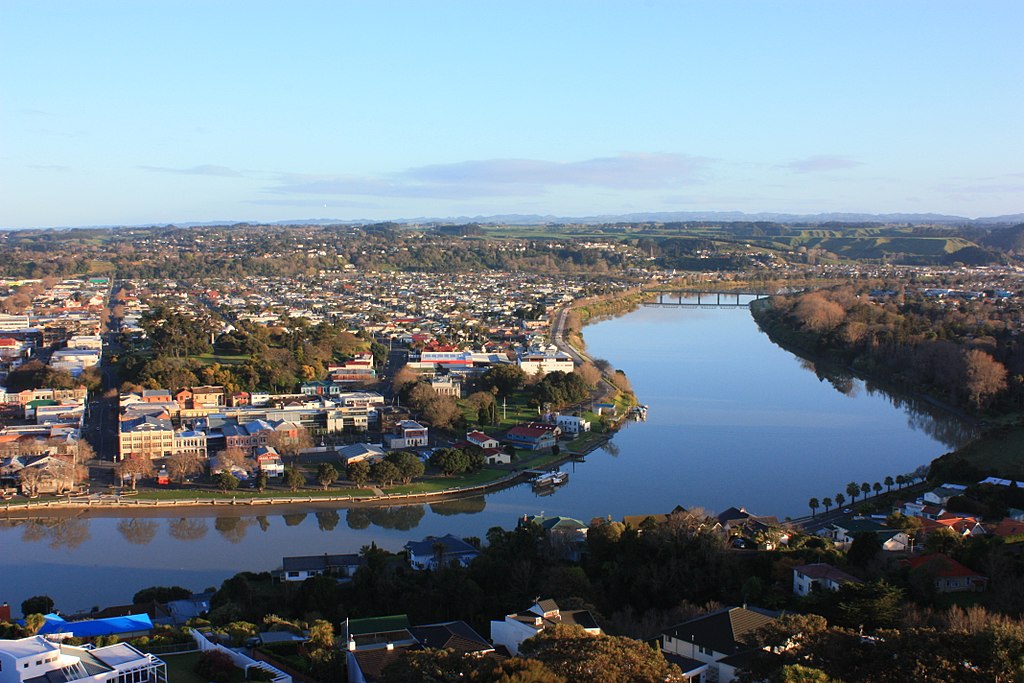
Whanganui, located on the North Island, is one of New Zealand’s oldest cities. It is centered around the Whanganui River, which holds significant cultural importance for the local Maori people. Visitors can explore the Whanganui River Road, a scenic drive through historic settlements and natural landscapes. The city is also known for its vibrant arts scene, showcased in its galleries and annual festivals, such as the Whanganui Artists Open Studios event.
Interesting Fact:
Whanganui was one of the first places in the world where a river, the Whanganui River, was granted legal personhood.
Gisborne – Population: 37,300
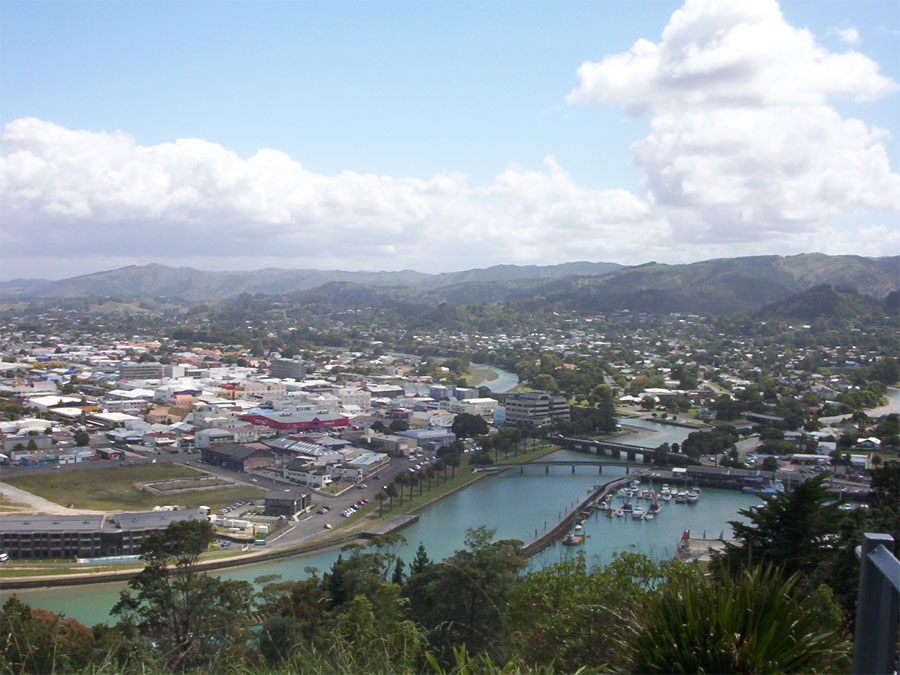
Gisborne, located on the eastern coast of the North Island, is known for its beaches, vineyards, and rich Maori heritage. As the first city in the world to see the sunrise, Gisborne offers stunning coastal views at dawn. The city is also home to Tairawhiti Museum, which highlights local history and culture. Visitors to Gisborne can enjoy wine tours, especially tasting the region’s famed Chardonnay, and explore the scenic East Cape.
Interesting Fact:
Gisborne is the site where Captain James Cook first landed in New Zealand in 1769.
Paraparaumu – Population: 30,600
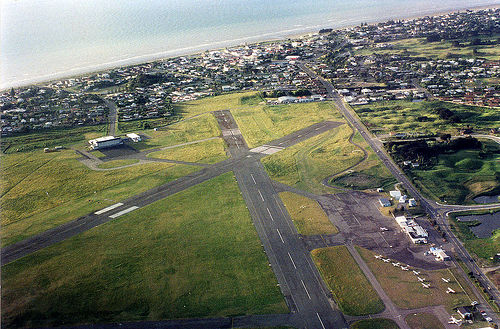
Paraparaumu, located on the Kapiti Coast, is known for its beautiful beaches and relaxed atmosphere. The town serves as a gateway to Kapiti Island, a nature reserve that is home to many native bird species. Paraparaumu Beach offers a serene spot for swimming and fishing, while nearby reserves and parks provide excellent hiking opportunities. The town is also famous for its Kapiti Cheese and locally produced ice cream.
Interesting Fact:
Paraparaumu’s Kapiti Coast is one of the best places in New Zealand to spot Hector’s dolphins.
Blenheim – Population: 28,800

Blenheim, located in the Marlborough region, is synonymous with wine, particularly Sauvignon Blanc. Surrounded by picturesque vineyards, the town is a top destination for wine enthusiasts. Blenheim’s sunny climate and scenic beauty make it an attractive spot for outdoor activities, from biking through vineyards to exploring the nearby Marlborough Sounds. The town also features a vibrant arts scene, with galleries and cultural events showcasing local talent.
Interesting Fact:
The Marlborough wine region produces 75% of New Zealand’s wine exports.
Timaru – Population: 28,600

Timaru, located on the South Island, offers a mix of natural beauty and historic charm. The city is home to Caroline Bay, a popular beach known for its calm waters and scenic views. Timaru’s Botanic Gardens and the South Canterbury Museum provide opportunities to explore the city’s history and biodiversity. The city’s vibrant downtown area is filled with heritage buildings, shops, and cafes, making it a pleasant place to explore.
Interesting Fact:
Timaru is known for its unique volcanic rock formations along the coastline.
Pukekohe – Population: 26,900
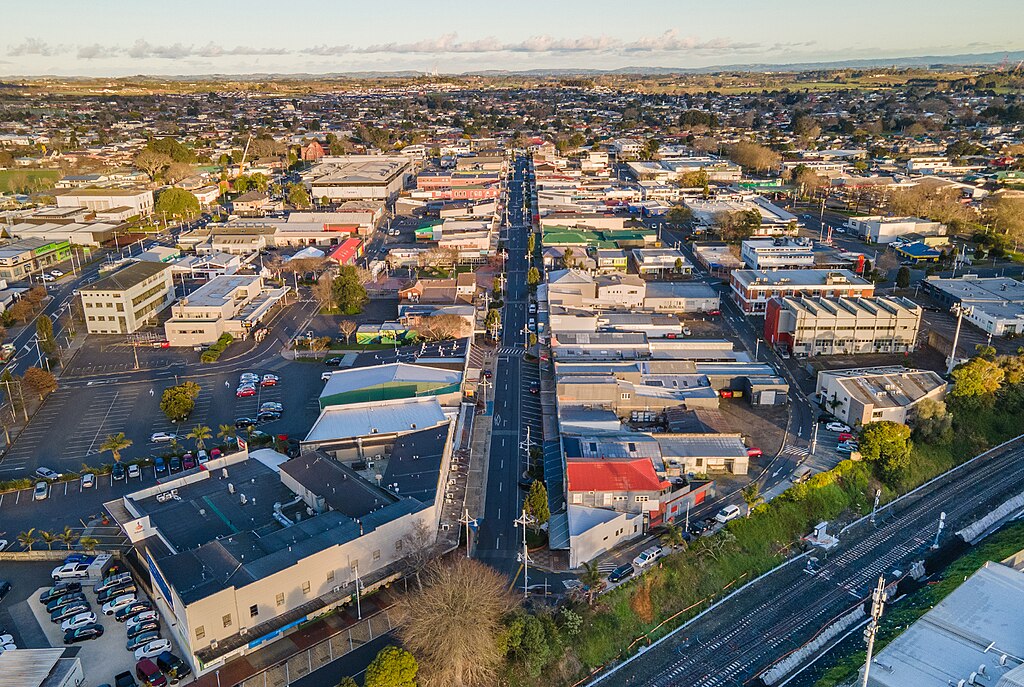
Pukekohe, situated in the Auckland region, is a thriving rural town known for its agriculture, particularly potato and onion farming. The town hosts several motorsport events at the Pukekohe Park Raceway, attracting fans from across New Zealand. Pukekohe’s community spirit is evident in its farmers’ markets, local events, and welcoming atmosphere. The nearby Hunua Ranges offer a natural escape with trails, waterfalls, and scenic picnic spots.
Interesting Fact:
Pukekohe is New Zealand’s largest producer of potatoes and onions.
Taupo – Population: 26,000
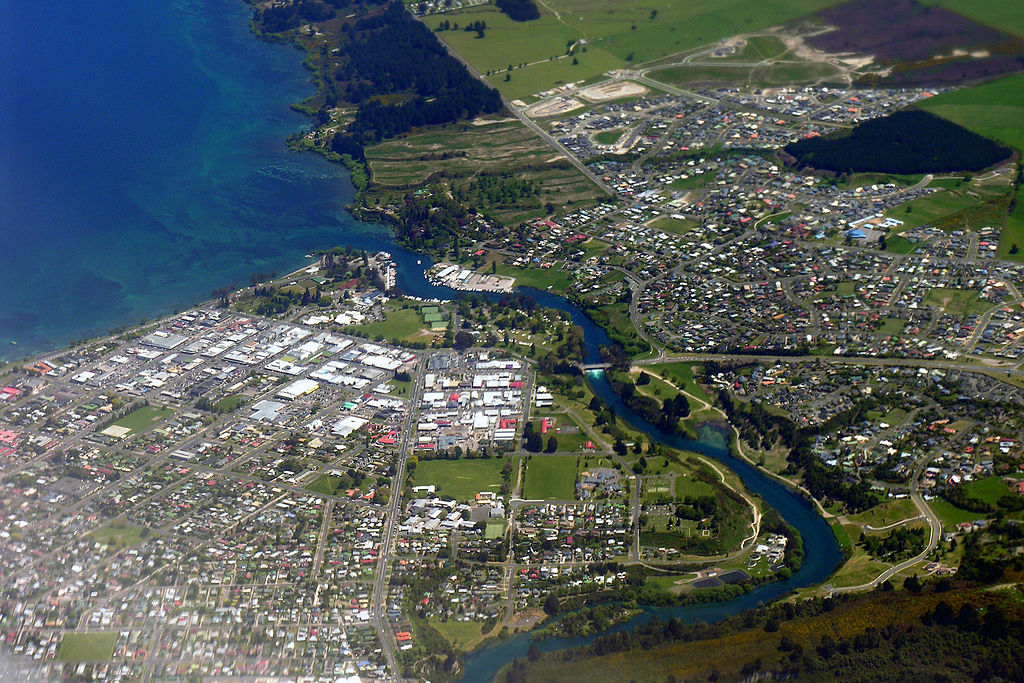
Taupo, located near the shores of Lake Taupo, is a top destination for outdoor adventure and natural beauty. The lake itself, formed by a volcanic eruption, is New Zealand’s largest, offering activities like fishing, boating, and swimming. Taupo is also a gateway to Tongariro National Park, a UNESCO World Heritage site. The town is famous for the Huka Falls, where the Waikato River plunges into a powerful cascade.
Interesting Fact:
Lake Taupo is roughly the size of Singapore, making it the largest lake in Australasia.



